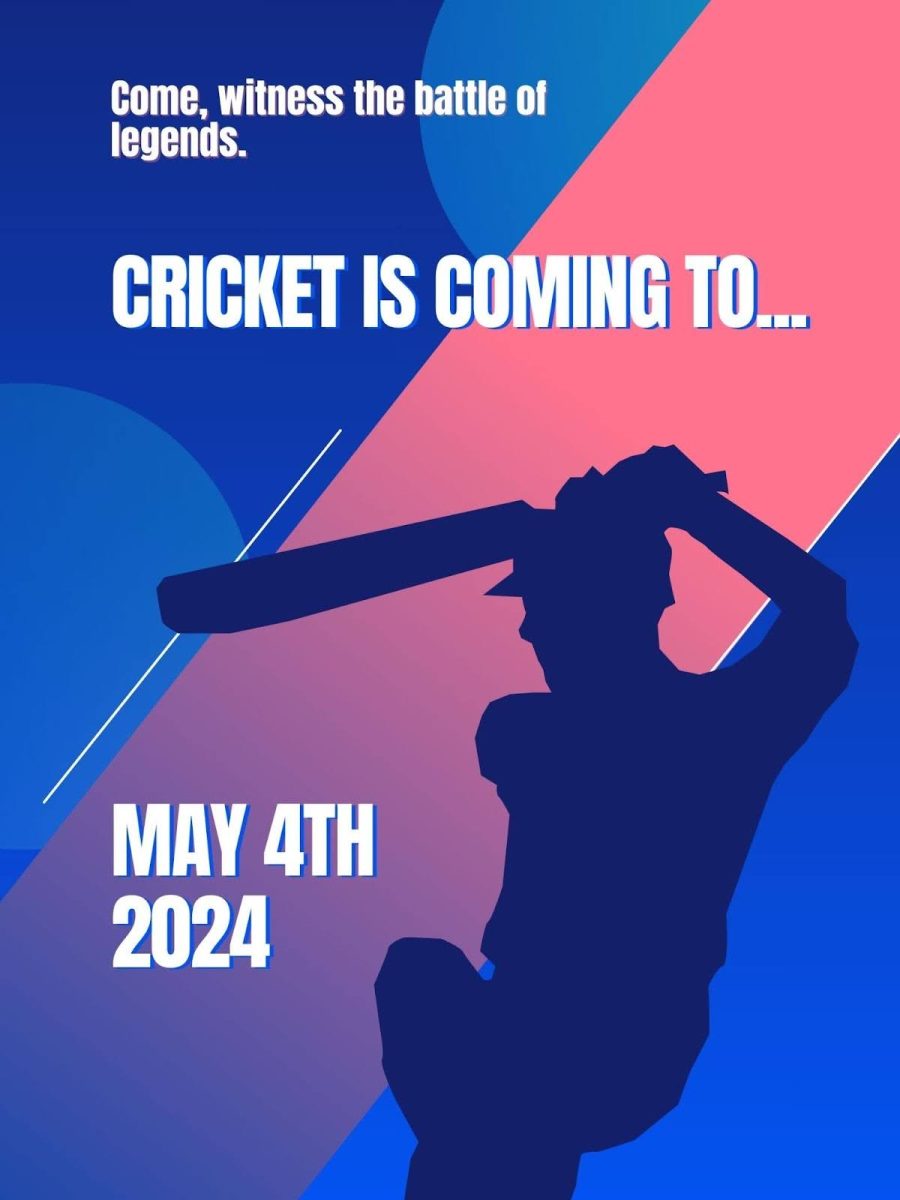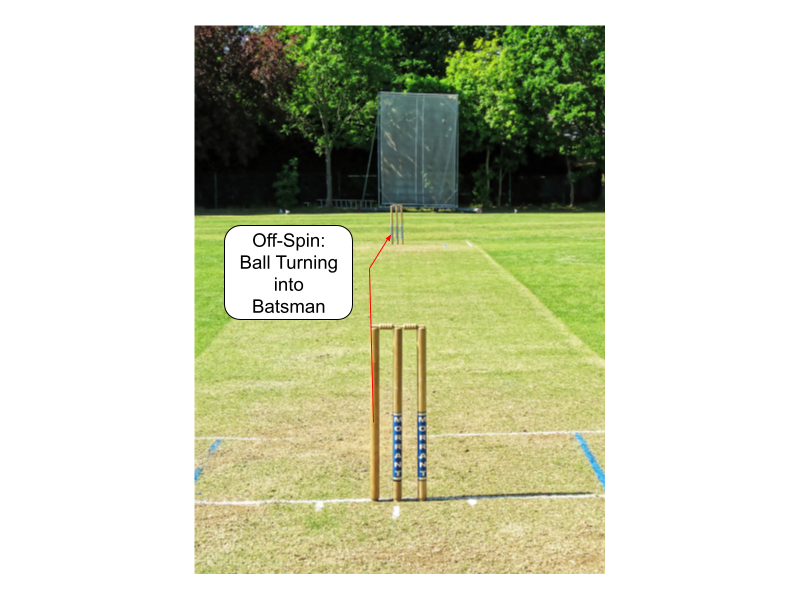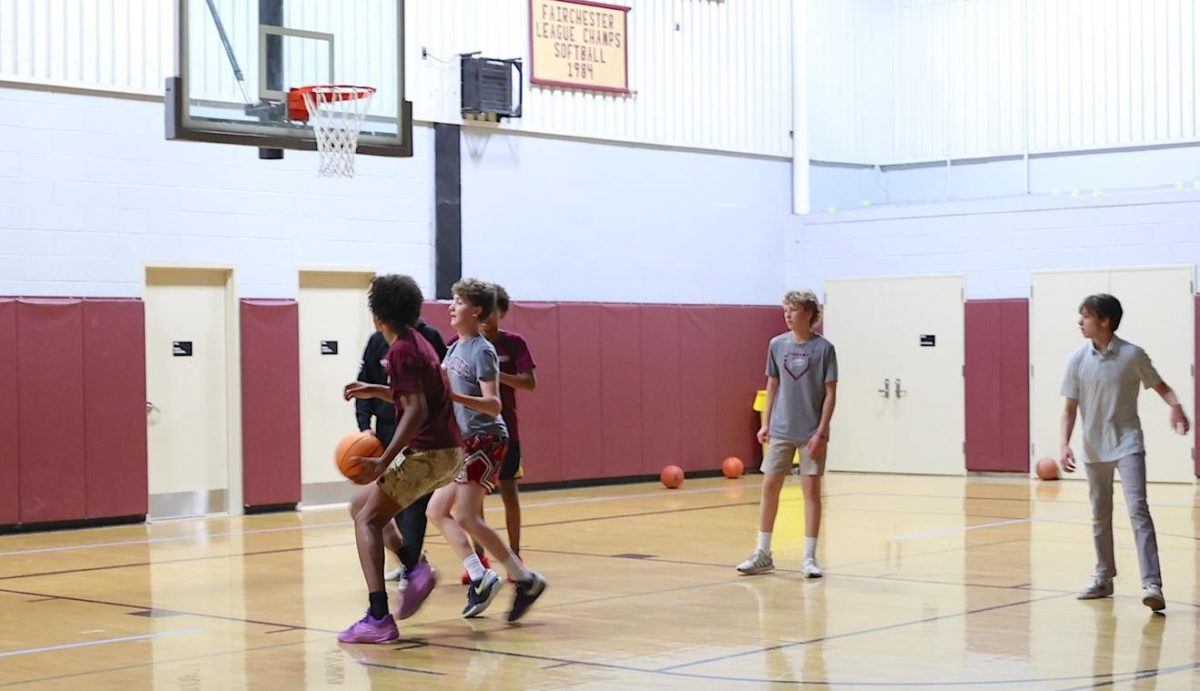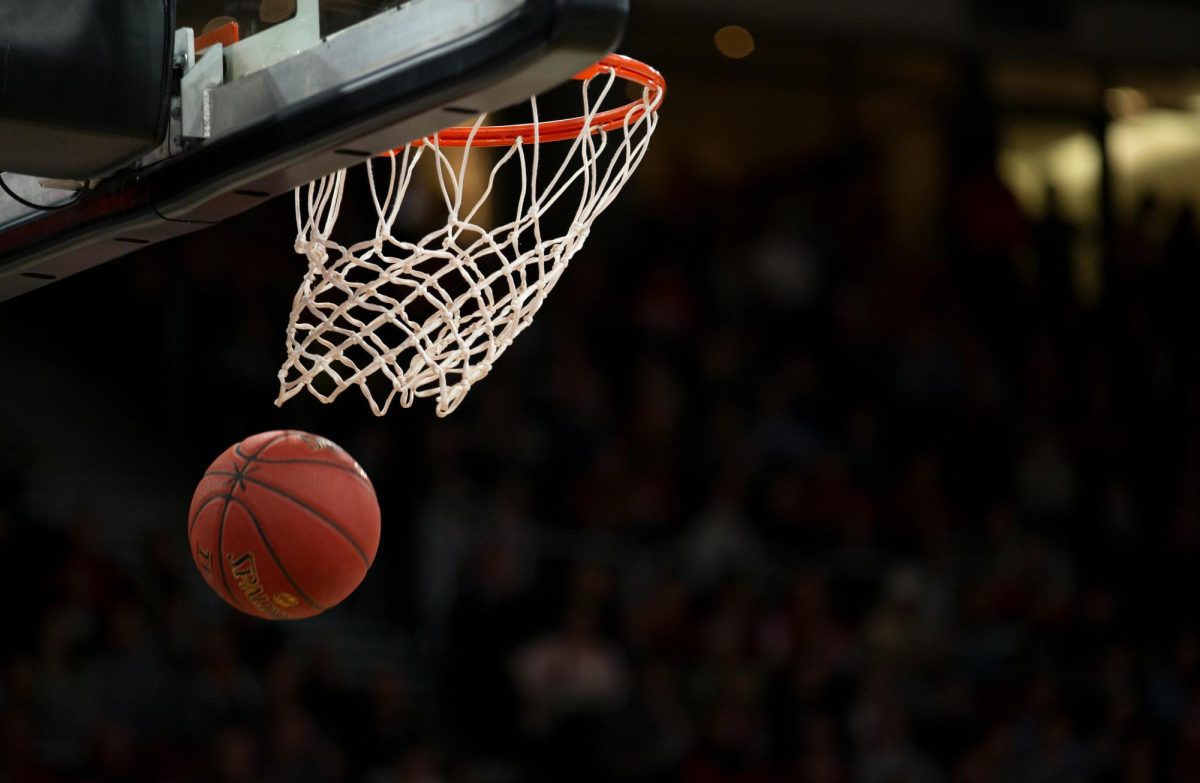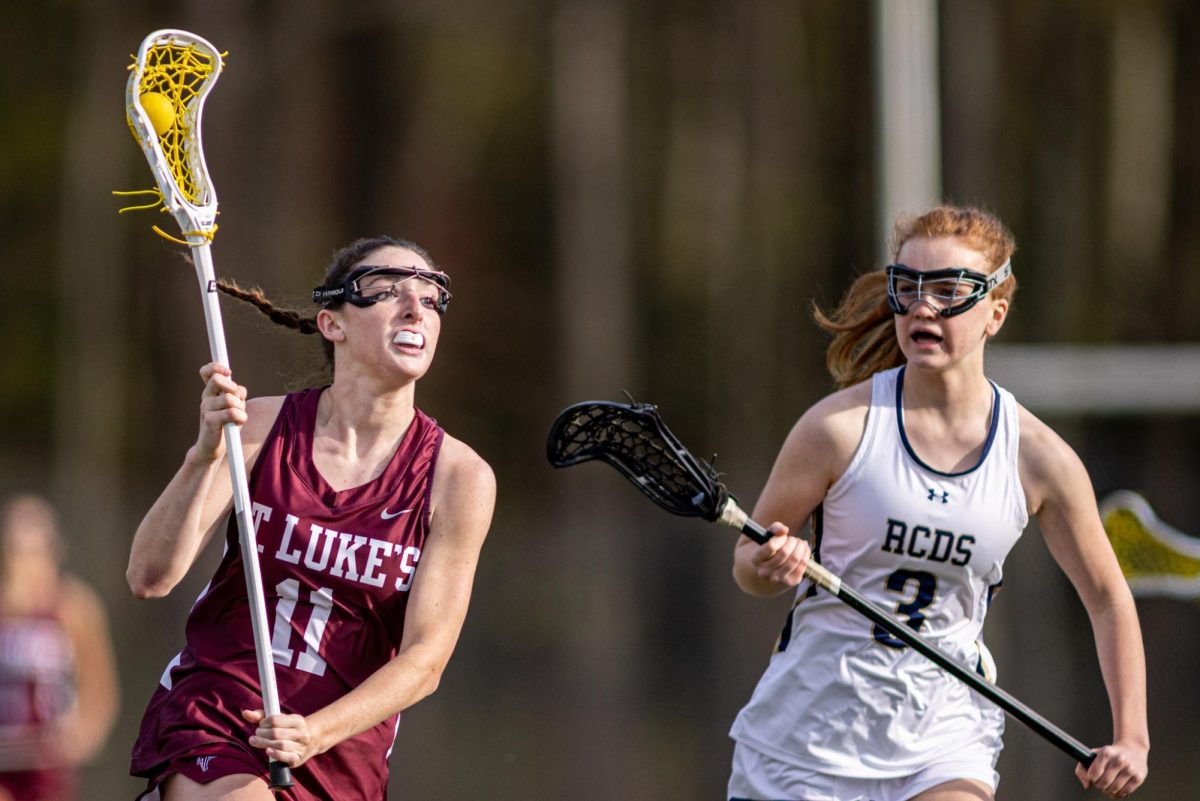Thanks for coming back! We discussed about creases, fours, sixes, and bowling in the previous article, and in this one, we’ll discuss overs, bowling specialities (medium fast, fast, off-spin and leg-spin), and wickets. Strap yourselves in.
If you have any questions regarding the upcoming cricket match, I’m sure these posters will help you out.
***I also wanted to highlight that the Cricket World Cup is coming up. This World Cup will be hosted by the United States and the West Indies. Here is the link to buy tickets if you are interested in watching cricket at the highest level.
Big Question #3: What does T20 mean?
This question is also related to, “Why is cricket so long?”. Cricket, in its shortest format, lasts four hours. That’s right: 4 hours! Cricket’s shortest format is T20. T20 means Twenty 20. Why 20? That’s a little complicated.
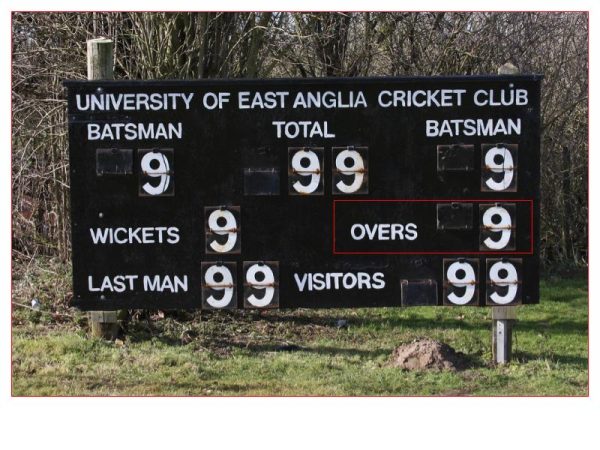
Cricket has two innings (each team bats in one inning and bowls in the other) and each inning is organized into overs. There are 20 overs in a T20 game, 50 overs in an ODI (One Day International), and 5 days worth of overs in a Test Match. Each over consists of six balls or in other words, six times the bowler has to bowl to the batsman on strike.

The bowler shown in the image has to bowl to the batsman on strike six times. Then, another over from a different bowler will be bowled.
Big Question #4: Do bowlers have specialties?
Yes, bowlers do have specialties. Bowlers are categorized into pace bowlers and spin bowlers. Pace bowlers are known to be fast and rapid, while spin bowlers are known to be clever and cunning. Pace and spin bowlers are categorized into two forms: medium-fast, fast, off-spin, and leg spin.
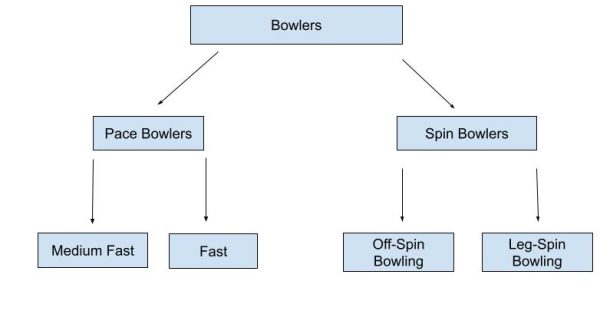
Medium fast bowlers do not generate as much pace but can be extremely effective. Batsmen need to have pace to hit the ball long, and without it, can be out. Fast bowlers bowl the ball around 140 to 150 kmph which is 86.992 to 93.2057 miles per hour. Batsmen have to react quickly, often in less than a second, to fast bowling.
Want to see medium fast bowlers in action? Here is a video that shows the bowling of one of the best medium fast bowlers ever existed, Bhuvineshwar Kumar.
Want to see fast bowling in action? Here is a video of fast bowling from Mark Wood.
When you are a batsman who’s on strike, when the ball bounces and turns in your direction, that’s offspin. When the ball turns away from you, that’s leg-spin. Off-spin and leg-spin bowling takes a lot of practice, because as spinners, you have to bowl at a good line and length to get the batsman out.
Figure 6 – Off-Spin and Leg-Spin
Want to see a video of off-spin bowling? Here you go.
Want to see a video of leg-spin bowling? No problem!
Big Question #6: What are wickets? How can a batsman be out?
First of all, what are wickets? Let’s go back to the previous figure:
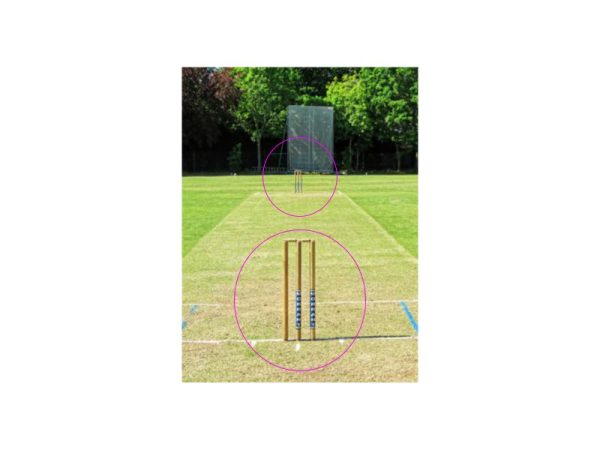
The three rectangular structures – or stumps – are what’s referred to as a wicket. When the ball hits the wicket, you are out and can bat no more (unlike baseball where you can bat in another inning).
There are three main ways of getting out:
- The ball hits the wicket.
- The people out on the outfield catch the ball (with no bounce).
- The batsman gets run-out. What does run-out mean?

When the batsman runs from one crease to another (in the pursuit of scoring runs), the batsman has to run past the crease – the white line shown in Figure 8 – before the wickets have been hit. If the batsman is short of the crease or right on the crease when the wickets are hit, he/she is run out. If the batsman passes the crease when the wickets are hit, they are not out.
That’s episode two in the cricket lecture series. Cricket is a little complex, but I hope I simplified it through these articles. Cricket is an up and coming sport in the US; I would not be surprised if it becomes a NCAA Sport soon. Cricket will also be played in the 2028 Olympics in Los Angeles.
See you in the next article where we’ll discuss about batsmen and innings. If you have any questions, please don’t hesitate to email me at [email protected].



